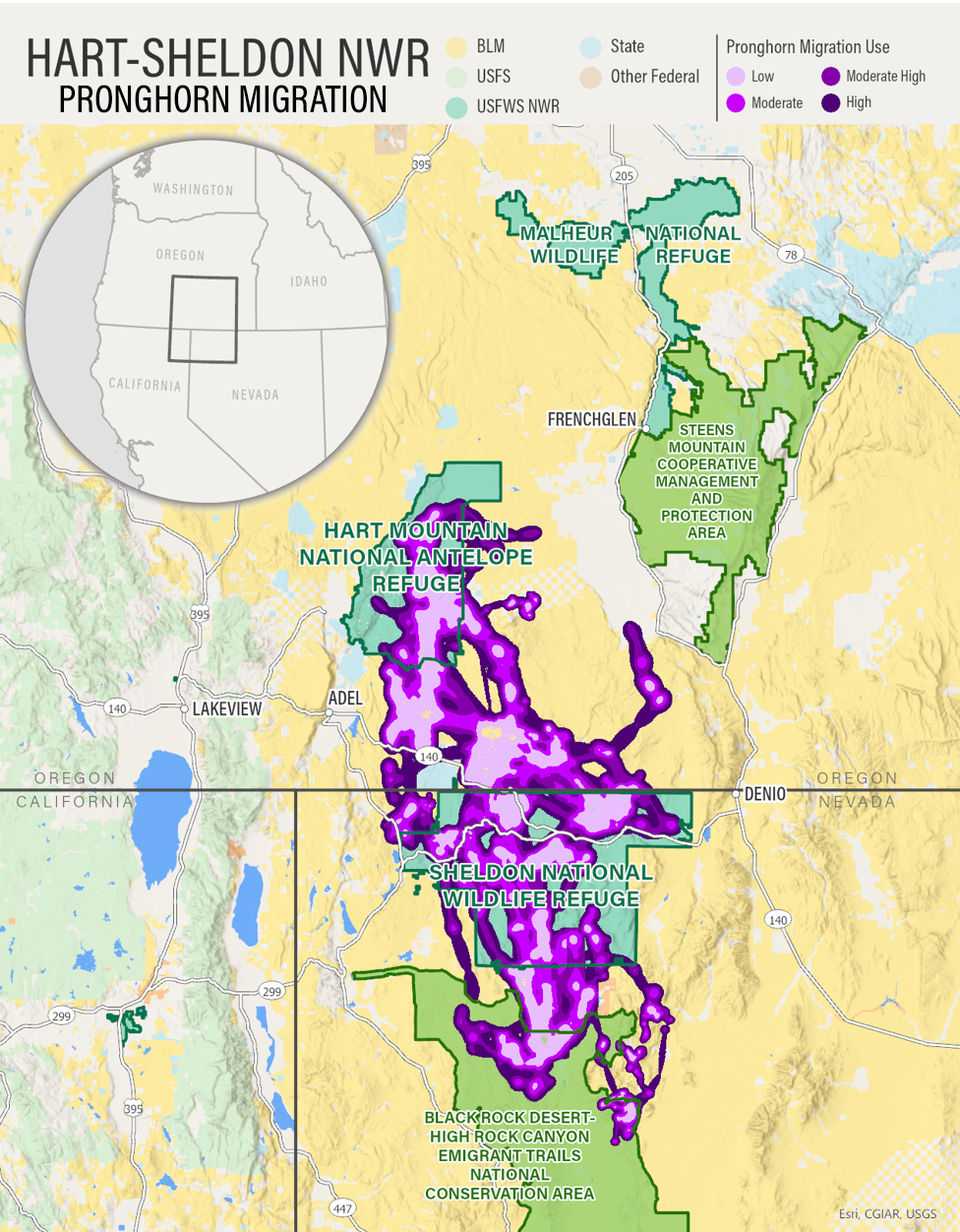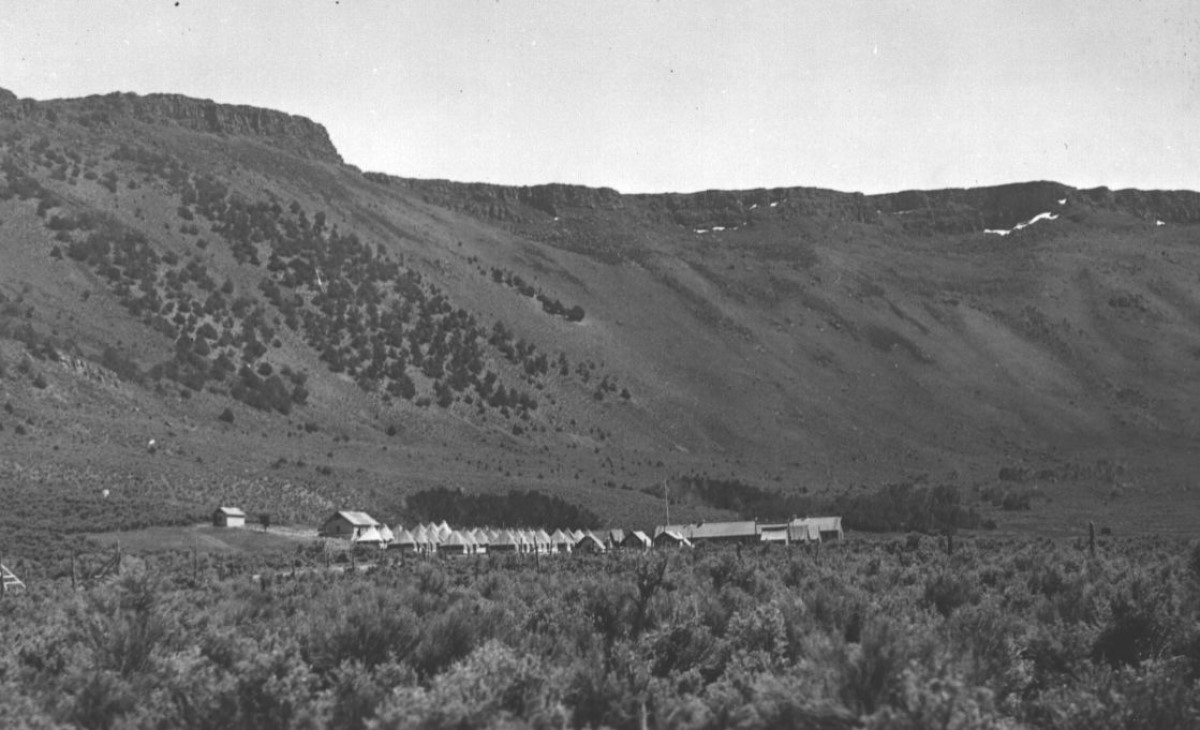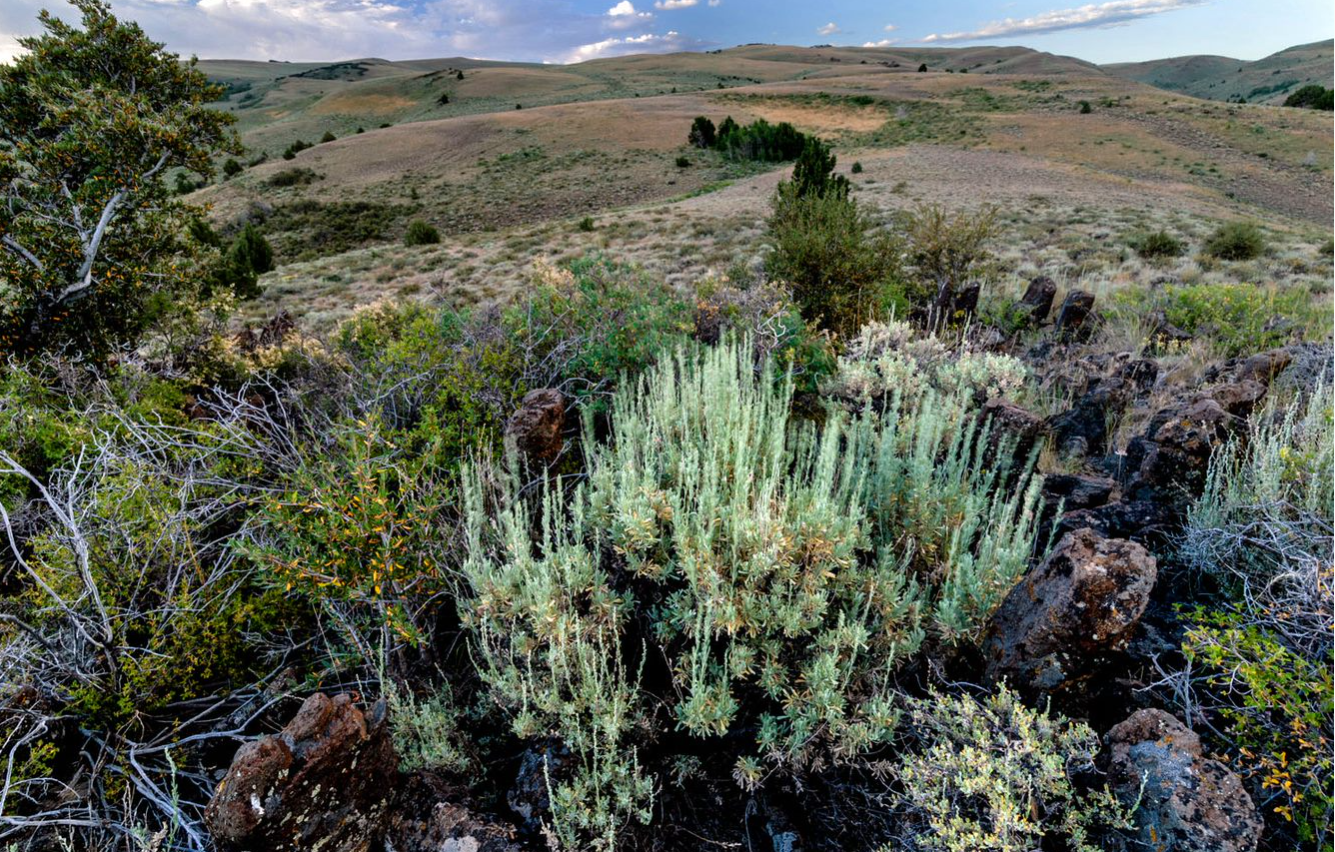As session days become more limited, lawmakers should seal the deal on these conservation wins
Spend any time around federal policymaking and you’ll quickly get a sense of the rhythm of legislating. To perhaps oversimplify things, Congress and the administration spar over funding levels in the spring, make the rounds to constituents during August recess, and do last-minute legislating in December.
This tempo, however, is complicated during election years. Incumbent legislators need victories to bring back to constituents in the summer and floor-time in the fall is eaten up by campaigning. If major legislation isn’t passed before August, the next opportunity is often a lame duck session in December.
So, while not the very last chance to act, the next few months will be critical to the future of some conservation solutions. Here’s what we want to see between now and early August.
Floor Action on the Recovering America’s Wildlife Act
The Recovering America’s Wildlife Act, if enacted, would invest nearly $1.4 billion annually in state and Tribal wildlife agencies for proactive conservation of thousands of species vulnerable to listing under the Endangered Species Act and also provides funding for collaborative partnerships to voluntarily conserve habitat and recover species already listed as threatened or endangered. In short, the bill would make a generational investment in wildlife habitat conservation.
The House Natural Resources Committee passed its version of RAWA earlier this year, followed by the Senate EPW Committee earlier this month. Now, both pieces of legislation await consideration before their respective chambers. While differences between the bills remain, and negotiations over the bill’s ‘pay-for’ are ongoing, RAWA is further along than ever before and primed for floor consideration. The TRCP, our partners, and conservationists nationally continue to work with lawmakers and staff to see this landmark legislation pass.
Passage of the Water Resources Development Act
The Water Resources Development Act authorizes water management and conservation projects at the U.S. Army Corps of Engineers. The two-year bill is critical to water infrastructure maintenance and management in the United States, affecting not just commerce and agriculture, but also fish habitat and aquatic ecosystems.
House and Senate committees began holding hearings on the 2022 WRDA earlier this year and heard feedback on priorities for the bill in March. The TRCP and our partner groups have been working with key lawmakers in both chambers to include provisions that support natural infrastructure projects—those that use the power of habitat to solve infrastructure challenges or even replace gray infrastructure—and build climate resilience.
The House and the Senate are expected to consider and pass their own versions of the 2022 WRDA in the coming months.
With some provisions in the existing 2020 WRDA scheduled to expire in December, lawmakers will look to align the House and Senate versions as soon as possible and send a final bill to the president’s desk. For that reason, it’s vital that the TRCP and our partner groups continue to be engaged and ensure that conservation measures remain in the final bill.
Senate Introduction of the CWD Research and Management Act
In late 2021, the Chronic Wasting Disease Research and Management Act was introduced in the House of Representatives by Reps Ron Kind and Glenn Thompson and was quickly passed by an overwhelming margin (393-33)—but we still need the Senate to act. The TRCP and partner organizations focused on wild deer and deer hunting are actively working with a bipartisan group of senators to bring forth the bill’s introduction in that chamber.
If enacted, the bill would provide $35 million annually to state agencies for CWD suppression and an additional $35 million for research into the disease and management techniques. We look forward to the bill’s introduction and expeditious consideration in the coming months.
Importantly, the bill also directs the USDA to carry out a public review of the Herd Certification Program, which is the federal standard by which states accredit captive cervid operations as “low-risk” for CWD spread. This review is critical now more than ever, as CWD detections originating from HCP-accredited facilities increase in frequency and voluntary participation in the program continues to decline.
Bipartisan Introduction of the North American Grasslands Conservation Act
For the better part of two years, the TRCP and several partner groups—including Pheasants Forever, National Wildlife Federation, Backcountry Hunters and Anglers, and others—have been developing a first-of-its-kind national grassland conservation proposal, to enable partner-led conservation of our nation’s most imperiled habitat. In doing so, we’ve gathered feedback from state and Tribal agencies, conservation groups, land trusts, and, importantly, the broader agricultural community. The biggest threat to our remaining grass and sagebrush ecosystems is development, so ensuring that the program meets the needs of farmers and ranchers is paramount to the success of the bill. Senator Wyden has agreed to lead on the legislation in the Senate, and we’re continuing to work with like-minded Republicans. We look forward to having a bipartisan bill introduced before the August recess.
Committee Action on an Outdoor Recreation Package
Late last year, Senate Energy and Natural Resources Committee Chairman Manchin and Ranking Member Barrasso introduced the Outdoor Recreation Act. Among the bill’s provisions is one that would direct federal land managers to consider opening lands for recreation during shoulder seasons, where appropriate. It would also direct managers to consider recreation improvements during management plan revisions and provide financial and technical assistance to “gateway” communities adjacent to federal lands.
Shortly after introduction, the committee held a hearing on the Outdoor Recreation Act along with a number of other bills aimed at improving recreation permitting, access, and infrastructure. The committee is expected to take up and approve a revised package of bills in the coming months. The TRCP, our partners, and many constituents of the broader $778-million outdoor recreation industry are excited about the opportunity to advance bipartisan recreation legislation. We’ll continue to work alongside lawmakers and committee staff to bring about its timely consideration.
Hearings on 2023 Farm Bill Priorities
The 2018 Farm Bill expires in September 2023, which is not quite as far off as it seems. With that in mind, the House and Senate Agriculture Committees have started holding hearings to review and gather feedback on the successes (and failures) of the 2018 Farm Bill.
The TRCP, through its Agriculture and Wildlife Working Group and other coalitions, is currently developing a conservation and forestry platform for the 2023 bill. We’re workshopping policy ideas and funding priorities, ground truthing them with state agencies and partners, and working with lawmakers to draft legislation. We look forward to a 2023 Farm Bill that builds on the successes of 2018, invests in conservation and forestry, and benefits fish and wildlife.
—
This snapshot of legislation in progress provides a glimpse of what the TRCP and our partner groups will be prioritizing on Capitol Hill in the coming months. Congress has some big opportunities ahead in 2022, and amidst it all, conservation continues to drive consensus in Washington. To track these legislative priorities along with us, sign up for TRCP’s weekly Roosevelt Report.
Top photo courtesy of the USDA via Flickr.








Thank you for staying on top of these Conservation issues.
Please consider support and passage of land conservation. These are priorities for myself.